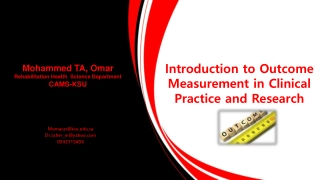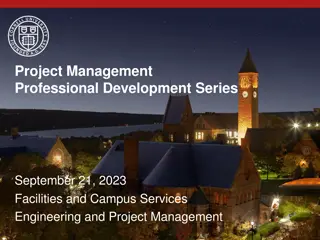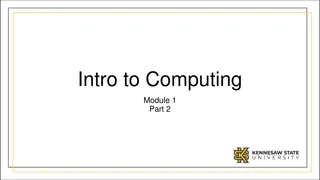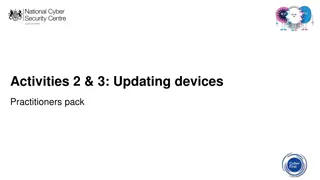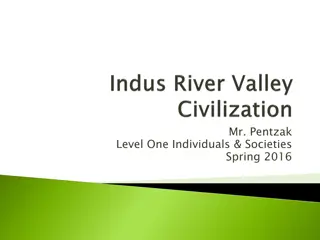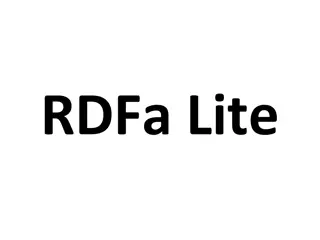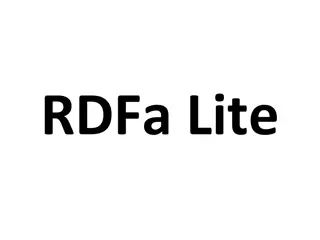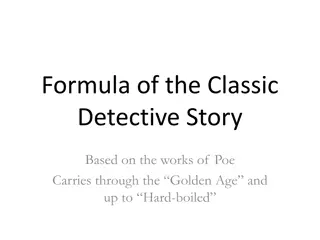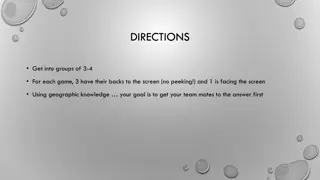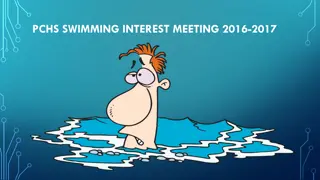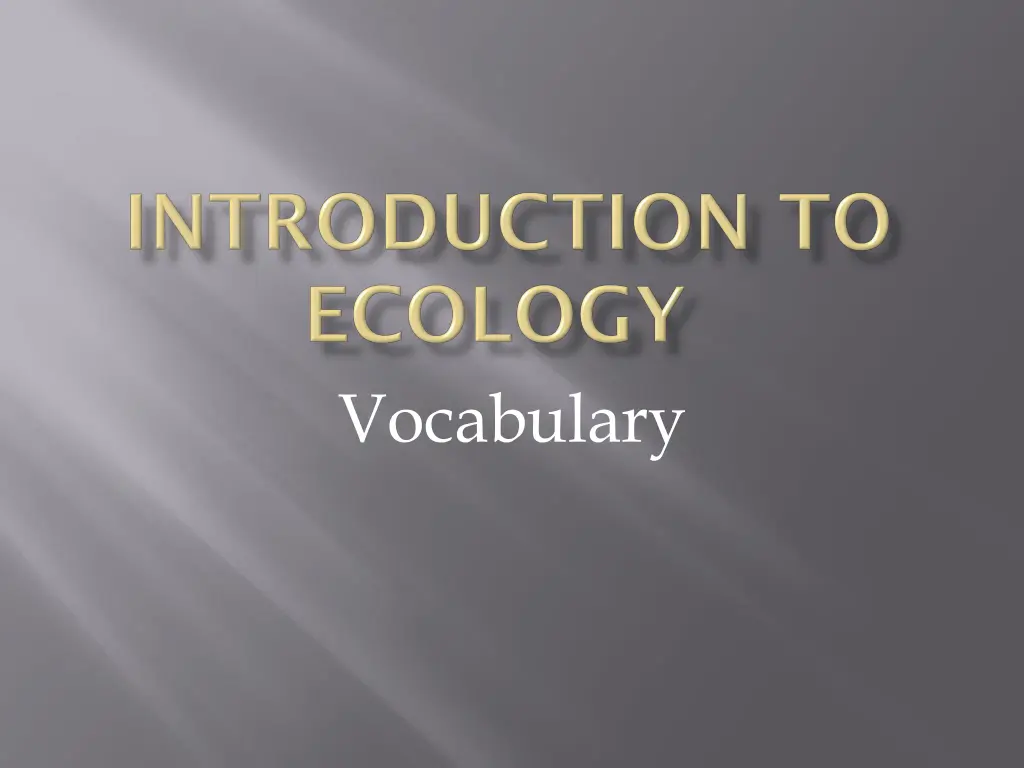
Understanding Ecology and Organisms: A Comprehensive Overview
Explore the fascinating world of ecology and organisms, from the study of relationships between living beings and their environment to the roles of producers, consumers, and decomposers in various ecosystems. Learn about the importance of the biosphere, the flow of energy through different organisms, and the balance between biotic and abiotic factors in nature.
Download Presentation

Please find below an Image/Link to download the presentation.
The content on the website is provided AS IS for your information and personal use only. It may not be sold, licensed, or shared on other websites without obtaining consent from the author. If you encounter any issues during the download, it is possible that the publisher has removed the file from their server.
You are allowed to download the files provided on this website for personal or commercial use, subject to the condition that they are used lawfully. All files are the property of their respective owners.
The content on the website is provided AS IS for your information and personal use only. It may not be sold, licensed, or shared on other websites without obtaining consent from the author.
E N D
Presentation Transcript
Ecology is the study of the relationship between organisms and their environment. Why do we study Ecology? Biosphere: The region of the earth that supports life
All the living organisms in a particular location, together with their nonliving environment. Biotic factor: Living factors in an ecosystem Abiotic Factor: nonliving factors in an ecosystem
Autotrophs / Producers: Organisms that can make its own food by using energy from sunlight -plants in most ecosystems -phytoplankton (protists, bacteria) Photosynthesis: Process by which plants turn sunlight into usable energy 6CO2 + 6H2O C6H12O6 + 6O2
Heterotrophs / Consumers -Primary consumers: The first consumer in a food chain herbivores: Gets its energy from eating ONLY plants -Secondary consumers: The 2ndConsumer in a food chain carnivores: Organism that obtains energy from eating other organisms omnivores: Organism that gets its energy by eating both plants and animals. Top Consumer: 3rdConsumer in food chain. Usually nothing feeds on them.
Decomposers saprophytes: external digestion -mostly bacteria and fungi detritivores: feed on partially decomposed matter -e.g. crabs, termites, worms scavengers: Break down dead organic matter and wastes. -e.g. vultures, crows, lobsters
The suns energy flows into organisms that can change the sunlight into food then into organisms that eat them. This flow is: sunlight producer consumer 1 consumer 2
What are producers? Ex. Plants, algae and some bacteria sunlight producer consumer 1 consumer 2
What are consumers? Examples: deer, rabbits, cows, mice, lions, humans, hawks, snakes sunlight producer consumer 1 consumer 2
What are herbivores? Primary Consumers Ex. Cows, caterpillars, bunnies sunlight producer consumer 1 consumer 2
What are carnivores? Secondary Consumers Ex. tigers, wolves, snakes, hawks sunlight producer consumer 1 consumer 2
What are omnivores? Secondary Consumers Ex. bears and humans
They are eaten. YUMMMM! They decay. SMELLY! What s the difference? Is it just a matter of taste?
DETRIVORES: feed on the remains of dead plants and animals and other dead matter (detritus) Keywords: eat, consume Crabs, mites, earthworms, snails
SCAVENGERS are sometimes listed as detritivores Scavengers feed on carrion (dead animal remains) Crabs, buzzards, sharks
When is a detritivore called a scavenger? Ex. vultures, sharks, maggots, hyenas
DECOMPOSERS: break down dead organic matter Keywords: decay, break down Bacteria & fungi
What do detritivores and decomposers eat? Ding Beetle Biology by Peg Wallace http://www.esb.utexas.edu/nrm2001/dogdoo/dbbiology/Default.htm dung beetles on dog poop
Why would they be called the environmental recyclers ? decomposer consumer 3 sunlight producer consumer 1 consumer 2
Organisms in ecosystems transfer energy from organism to organism in feeding relationships called trophic levels. Food Chain: A diagram that shows feeding relationships and energy transfer. How does a food chain describe this path of energy? producer consumer 1 consumer 2 consumer 3
Name the number of the trophic levels in the food chain below. producer consumer 1 consumer 2 consumer 3 Trophic Level 1 2 3 4
What important energy transfer is not shown in a food chain? Why is it that some energy is lost from one level to the next level? How much energy is actually passed on to the next level? (rule of thumb) producer consumer 1 consumer 2 consumer 3
What vital recycler is not shown in this food chain? Upon which organism(s) would it feed? decomposer producer consumer 1 consumer 2 consumer 3
If all of the snakes in this chain died, what would happen to the hawk? To the decomposers? decomposer producer consumer 1 consumer 2 consumer 3
Most organisms feed on more than one trophic level and feed on several different species at each trophic level.
Food web : A group of food chains that show multiple feeding relationships Make a food web of these organisms. Label with these terms: producer, herbivore, omnivore, carnivore, consumer#, trophic level, decomposer.
What would happen in this food web if the all the mice were to die? Which is more stable, a food chain or a food web? Why?




